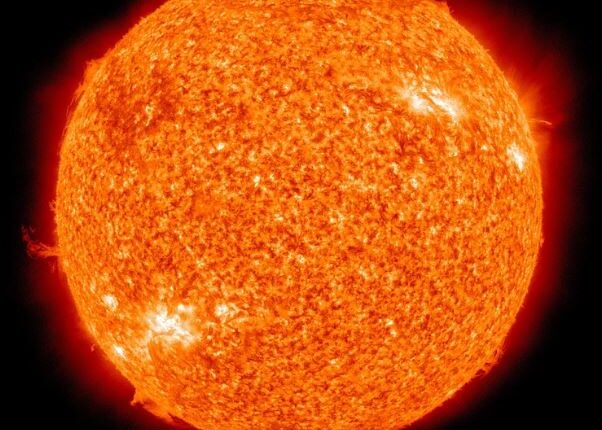Washington: NASA has reported that a strong solar flare has been emitted by the Sun, which severely impacted radio communications on Earth. The flare, classified as X1.2, is the seventh solar flare to hit Earth this year and was observed by NASA’s Solar Dynamics Observatory, which constantly monitors the Sun. X-class flares denote the most intense flares, and the number provides information on their strength. According to the observatory, the strong solar flare peaked at 10:33 p.m. ET (8:03 a.m. IST) on March 28.
The National Oceanic and Atmospheric Administration’s (NOAA) Space Weather Prediction Center issued a statement saying that a “R3 (Strong) HF radio blackout event occurred due to a X1.2 flare from Region 3256 on March 28, at 10:33 p.m. EDT.” The strong solar flare ionized the top layer of Earth’s atmosphere, affecting radio communications across southeast Asia, Australia, and New Zealand for about an hour, according to Space.com.
Solar flares are powerful bursts of energy that can impact radio communications, electric power grids, navigation signals, and pose risks to spacecraft and astronauts. Meanwhile, a scientist at University College London (UCL) has discovered a giant “hole” on the Sun’s surface. According to Daniel Verscharen, Associate Professor of space and climate physics at UCL, the hole is 20 times larger than Earth and could result in a geomagnetic storm reaching our planet at a speed of about 1.8 million miles per hour. Verscharen was quoted as saying to Business Insider that the storm is likely to hit Earth by Friday.
NOAA stated that earlier this week, the Earth witnessed a geomagnetic storm of magnitude G4, the strongest in nearly six years, causing auroras all over the US. The storm’s unexpected ferocity not only made auroras visible as far south as New Mexico but also forced spaceflight company Rocket Lab to delay a launch by 90 minutes, as reported by Space.com. Scientists predict more such solar storms because the Sun is gearing up to peak activity, which happens every 11 years.


Comments are closed.